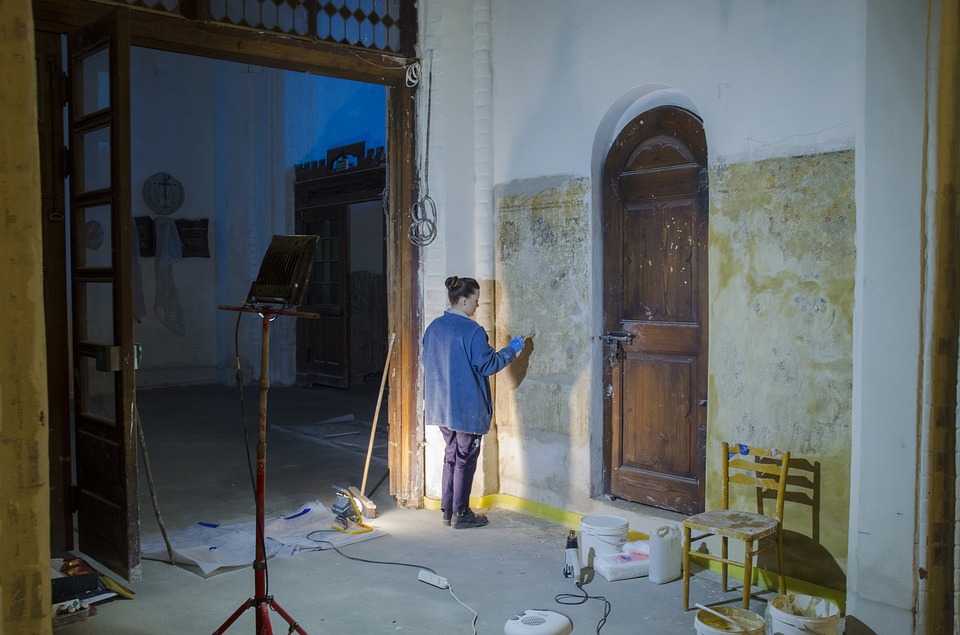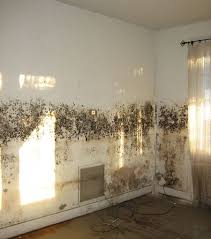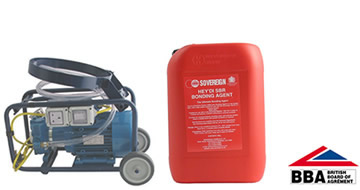Damp or condensation
All houses can be affected by condensation and it can cause mould, damage to clothes, furnishings and decoration, and leave a musty smell. Both condensation and the problems it causes are often mistaken for damp. Damp usually leaves a tidemark and dependent on the cause would need remedial treatment to eliminate it. The advice below should help you to prevent condensation before it becomes a problem and let you know what to do to treat any areas already affected and help you identify the differences between damp and condensation.


What is condensation?
Condensation occurs when the moisture in the air gets cooler and tiny water droplets appear on surfaces eg: when your mirror mists over after you have a bath. It usually happens during cold weather and appears on cold surfaces and places where there is little movement of air. For example, in corners of rooms, on or near windows, in or behind furniture. If left untreated mould will begin to grow.
What is the Difference Between Damp and Condensation?
Damp occurs when a fault in the building’s basic structure lets in water from outside. There are basically two types of damp.


Penetrating Damp
This occurs if water is coming in through the walls or roof, (for example, under a loose roof tile) or through cracks.


Rising Damp
This occurs if there is a problem with the damp proof course. This is a barrier built into floors and walls to stop moisture rising through the house from the ground. The usual evidence of rising damp is a ‘tide mark’ on the walls that shows how high it has risen and sometimes an accompanying musty smell.
If you think that your house is suffering from either rising or penetrating damp, you should contact your landlord.
Following the above advice will help you to maintain a fresher, cleaner and more pleasant environment within your home.


How to Prevent Damp and Condensation
By following the simple steps below you can considerably reduce condensation by producing less moisture and keeping your home well ventilated.
- Always using lids for saucepans and not leaving items boiling for longer than needed and keep the internal kitchen door closed and window open slightly when cooking
- Keep the bathroom door closed during and after bathing. Run the hot and cold taps together to minimise steam and open a window to allow it to be released outside. Open the window straight after bathing, in order to get rid of the moisture
- Dry clothes outside, or in the bathroom with the window open and the door shut. Vent tumble driers outside if they’re not condenser versions. General advice for good ventilation
- Keep all rooms ventilated by slightly opening windows and keeping doors shut, particularly when the room is in use. This helps release any moisture and prevent it spreading around your home
- Don’t block air-bricks or window vents
- When going to bed, close the bedroom door and keep a small window ajar or when getting up, open the window and keep the door closed for a couple of hours to get rid of the moisture produced overnight
Heating your home
- Maintain a low background heating, especially in cold weather even when there is no one at home. Turning the heating up and down when you come in or go out causes condensation when the air and surfaces cool down
- Flueless liquid, propane gas or paraffin heaters must not be used, as every gallon of paraffin or gas burnt produces approximately 1 gallon of water vapour, which causes condensation.
Decorating your home
- Wardrobes and other large items of furniture should not be placed directly against external walls. Pockets of trapped air can lead to serious surface condensation and mould growth on the walls and furniture. Leave space between the back of the furniture and the wall. Leave wardrobe doors open slightly. Put floor-mounted furniture on blocks to allow air to circulate underneath
- Curtains or internal blinds on windows can increase condensation on the glass by reducing the window surface temperature. This problem can be reduced by leaving the window open a little
- Where moisture is produced in large quantities, wallpaper is not recommended. A fungicidal or anti-mould paint should be used instead
- The walls surrounding windows and doors are colder areas and attract water vapour, which turns into condensation. It’s recommended that these areas are painted to allow condensation to be wiped away easily
- Don’t paint or wallpaper over fungicidal or anti-mould paints as they may not work if covered with ordinary paints or wallpaper How to treat condensation to prevent mould forming
- Wipe away and mop up any moisture appearing on walls, windows, window sills and other surfaces. Wring out the cloth into a sink rather than leave it to drip dry
- Open a window and shut the doors of any rooms affected by condensation
- Make sure the room is heated properly
- Left untreated nuisance condensation can cause mould to grow. If this happens you must remove mould by washing the surfaces affected with a fungicidal mould remover, following the manufacturer’s instructions
- When re-decorating these areas use a fungicidal paint
Note: Fungicidal mould remover can be obtained from most DIY stores and supermarkets. Please ensure you follow the instructions carefully.


If you feel you need to call in the professionals to tackle your damp problem, please contact us today and we will be happy to conduct a free inspection, report and quotation.










